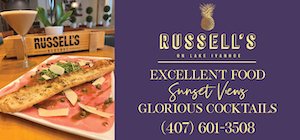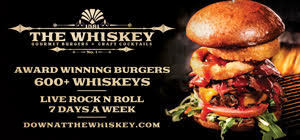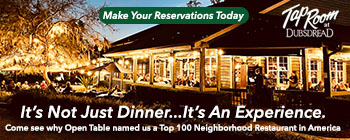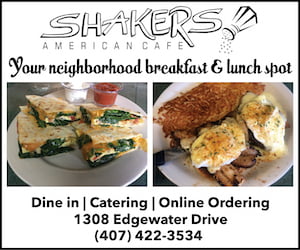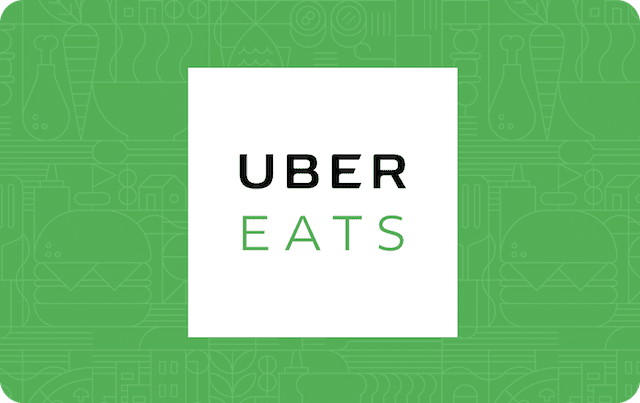
Well, here’s the latest trend to hit the restaurant industry: surge pricing.
This is the concept that says the more people want something the more it should cost. It’s a key element of supply and demand. And most people are familiar with it today as a ploy employed by ride-sharing services like Uber and Lyft. If you’ve used those services you probably know that the cost for a ride can vary depending on time of day — rush hour, say — or the weather. The next time it starts to sprinkle, open up your Uber app and watch the estimates for a ride start going up as the rain comes down.
But these gig economy giants didn’t invent surge pricing, it’s been around for ages. You’ve certainly have noticed that an airline ticket for will cost more if you’re flying on a holiday. Heck, tickets for the same route on the same day can be priced differently — you can usually save some money by agreeing to get to the airport at 5 a.m. instead of 9.

If that plane is taking you to New York, you will probably find the tickets to that show you want to see on Broadway cost less for a Wednesday matinee than for the Saturday night show.
And although articles such as this one from Money and this one from Click2Houston blame the ride sharing services for giving restaurateurs the idea to implement surge pricing, the concept isn’t all that new to the food service industry, either.
Ever hear of Early Bird Dinners or Happy Hour specials? Those were devised to drive traffic to a restaurant ahead of the more popular dining hours. Instead of turning people away at 8 p.m., give them an incentive to come in earlier during the hours where the dining room and bar are more sparsely occupied.
But what is different with the current experimentations with restaurant surge pricing is that the focus is on paying more during certain times rather than getting a deal at other times. So a steak that has been offered at $25 on the dinner menu regardless of what time you order it may suddenly have a surcharge — or a surgecharge, if you will — if ordered during peak dining hours. And if this concept is to follow the same model used by ride-sharing apps, it could mean that the prices could jump without notice. You could be eyeing the $30 black grouper while waiting in the lounge for your table to be ready and find that the price has gone up to $33.50 when you’re finally seated.
Would such a policy cause you to change your dining habits? Would you dine earlier — or later — to avoid the higher priced menu? What if you’re taking a date out to dinner for the first time? What does it say about you if you make a reservation outside the peak dining time?
As far as I know, no Central Florida restaurants have begun experimenting with surge pricing, but I won’t be surprised when someone does.
And you can expect surge pricing to show up in other areas. The Ultimate I-4 project will have toll lanes, often referred to as Lexus lanes, that will allow people to pay a toll for a less-trafficked lane. Don’t be surprised if those tolls fluctuate by time of day.
And if you’re riding in the Lexus lane while taking Uber, who knows what it will cost.

